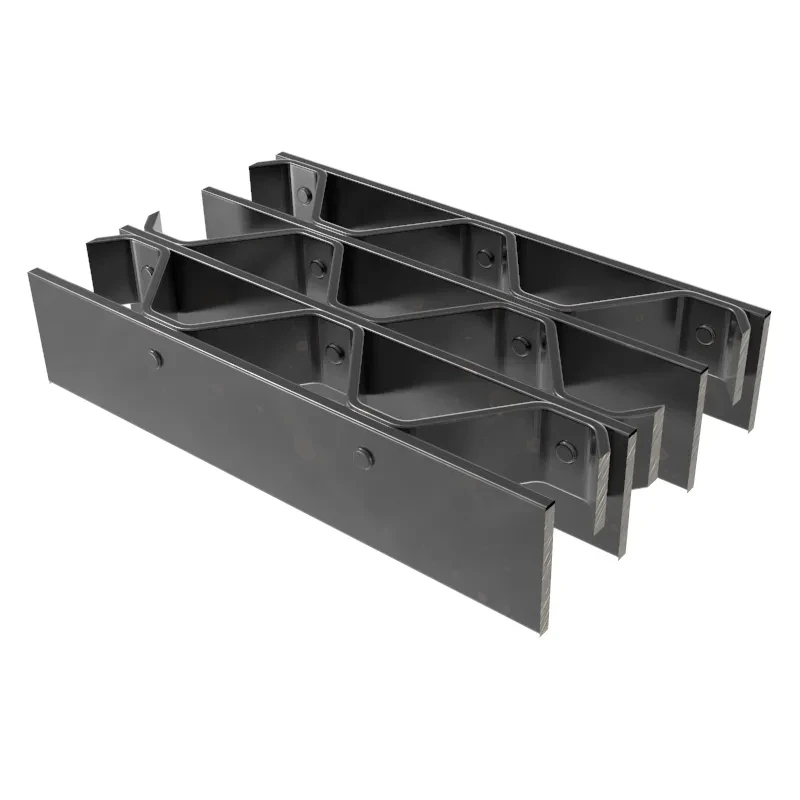- Industrial zone, South of Anping Town, Hengshui, Hebei, China.
- sales@hfpetromesh.com
- +86-18931809706
 Afrikaans
Afrikaans  Albanian
Albanian  Amharic
Amharic  Arabic
Arabic  Armenian
Armenian  Azerbaijani
Azerbaijani  Basque
Basque  Belarusian
Belarusian  Bengali
Bengali  Bosnian
Bosnian  Bulgarian
Bulgarian  Catalan
Catalan  Cebuano
Cebuano  Corsican
Corsican  Croatian
Croatian  Czech
Czech  Danish
Danish  Dutch
Dutch  English
English  Esperanto
Esperanto  Estonian
Estonian  Finnish
Finnish  French
French  Frisian
Frisian  Galician
Galician  Georgian
Georgian  German
German  Greek
Greek  Gujarati
Gujarati  Haitian Creole
Haitian Creole  hausa
hausa  hawaiian
hawaiian  Hebrew
Hebrew  Hindi
Hindi  Miao
Miao  Hungarian
Hungarian  Icelandic
Icelandic  igbo
igbo  Indonesian
Indonesian  irish
irish  Italian
Italian  Japanese
Japanese  Javanese
Javanese  Kannada
Kannada  kazakh
kazakh  Khmer
Khmer  Rwandese
Rwandese  Korean
Korean  Kurdish
Kurdish  Kyrgyz
Kyrgyz  Lao
Lao  Latin
Latin  Latvian
Latvian  Lithuanian
Lithuanian  Luxembourgish
Luxembourgish  Macedonian
Macedonian  Malgashi
Malgashi  Malay
Malay  Malayalam
Malayalam  Maltese
Maltese  Maori
Maori  Marathi
Marathi  Mongolian
Mongolian  Myanmar
Myanmar  Nepali
Nepali  Norwegian
Norwegian  Norwegian
Norwegian  Occitan
Occitan  Pashto
Pashto  Persian
Persian  Polish
Polish  Portuguese
Portuguese  Punjabi
Punjabi  Romanian
Romanian  Russian
Russian  Samoan
Samoan  Scottish Gaelic
Scottish Gaelic  Serbian
Serbian  Sesotho
Sesotho  Shona
Shona  Sindhi
Sindhi  Sinhala
Sinhala  Slovak
Slovak  Slovenian
Slovenian  Somali
Somali  Spanish
Spanish  Sundanese
Sundanese  Swahili
Swahili  Swedish
Swedish  Tagalog
Tagalog  Tajik
Tajik  Tamil
Tamil  Tatar
Tatar  Telugu
Telugu  Thai
Thai  Turkish
Turkish  Turkmen
Turkmen  Ukrainian
Ukrainian  Urdu
Urdu  Uighur
Uighur  Uzbek
Uzbek  Vietnamese
Vietnamese  Welsh
Welsh  Bantu
Bantu  Yiddish
Yiddish  Yoruba
Yoruba  Zulu
Zulu
- Afrikaans
- Albanian
- Amharic
- Arabic
- Armenian
- Azerbaijani
- Basque
- Belarusian
- Bengali
- Bosnian
- Bulgarian
- Catalan
- Cebuano
- Corsican
- Croatian
- Czech
- Danish
- Dutch
- English
- Esperanto
- Estonian
- Finnish
- French
- Frisian
- Galician
- Georgian
- German
- Greek
- Gujarati
- Haitian Creole
- hausa
- hawaiian
- Hebrew
- Hindi
- Miao
- Hungarian
- Icelandic
- igbo
- Indonesian
- irish
- Italian
- Japanese
- Javanese
- Kannada
- kazakh
- Khmer
- Rwandese
- Korean
- Kurdish
- Kyrgyz
- Lao
- Latin
- Latvian
- Lithuanian
- Luxembourgish
- Macedonian
- Malgashi
- Malay
- Malayalam
- Maltese
- Maori
- Marathi
- Mongolian
- Myanmar
- Nepali
- Norwegian
- Norwegian
- Occitan
- Pashto
- Persian
- Polish
- Portuguese
- Punjabi
- Romanian
- Russian
- Samoan
- Scottish Gaelic
- Serbian
- Sesotho
- Shona
- Sindhi
- Sinhala
- Slovak
- Slovenian
- Somali
- Spanish
- Sundanese
- Swahili
- Swedish
- Tagalog
- Tajik
- Tamil
- Tatar
- Telugu
- Thai
- Turkish
- Turkmen
- Ukrainian
- Urdu
- Uighur
- Uzbek
- Vietnamese
- Welsh
- Bantu
- Yiddish
- Yoruba
- Zulu
جنوری . 14, 2025 11:00
Back to list
metal walkways gratings
Choosing the right steel grating for walkways is crucial for ensuring safety, durability, and efficiency in various industrial or commercial settings. As an expert in the field with extensive experience in material selection and design, I can guide you through the process of selecting the best fit for your specific application.
Customization plays a significant role in optimizing walkways to meet specific operational needs. The ability to adjust bar thickness, spacing, and grating size can significantly impact safety and efficiency. For example, narrower spacing can prevent smaller objects from falling through while providing better traction. Additionally, choosing the appropriate surface finish, such as serrated for extra grip, can improve safety, especially in wet or oily conditions. Beyond selection, the installation of steel grating walkways is integral to ensuring longevity and functionality. Properly anchoring the grating and aligning load-bearing bars with the direction of traffic can enhance the structure's strength. It's also crucial to ensure compliance with local building codes and safety regulations, which are designed to protect both personnel and structural integrity. Lastly, routine maintenance is key to prolonging the lifespan of steel gratings. Regular inspections for signs of wear, rust, or structural damage can prevent accidents and reduce costly repairs. Implementing a maintenance schedule involving cleaning, re-coating, or replacing compromised sections will ensure the walkway's safety and efficiency over time. In conclusion, selecting the optimal steel grating for walkways involves a blend of expertise and practical experience. It requires an understanding of application-specific needs, material properties, and customization opportunities, coupled with careful planning during installation and diligent maintenance practices. By prioritizing these factors, businesses can create safe, reliable, and effective walkways that meet operational demands, ultimately enhancing workplace safety and productivity.


Customization plays a significant role in optimizing walkways to meet specific operational needs. The ability to adjust bar thickness, spacing, and grating size can significantly impact safety and efficiency. For example, narrower spacing can prevent smaller objects from falling through while providing better traction. Additionally, choosing the appropriate surface finish, such as serrated for extra grip, can improve safety, especially in wet or oily conditions. Beyond selection, the installation of steel grating walkways is integral to ensuring longevity and functionality. Properly anchoring the grating and aligning load-bearing bars with the direction of traffic can enhance the structure's strength. It's also crucial to ensure compliance with local building codes and safety regulations, which are designed to protect both personnel and structural integrity. Lastly, routine maintenance is key to prolonging the lifespan of steel gratings. Regular inspections for signs of wear, rust, or structural damage can prevent accidents and reduce costly repairs. Implementing a maintenance schedule involving cleaning, re-coating, or replacing compromised sections will ensure the walkway's safety and efficiency over time. In conclusion, selecting the optimal steel grating for walkways involves a blend of expertise and practical experience. It requires an understanding of application-specific needs, material properties, and customization opportunities, coupled with careful planning during installation and diligent maintenance practices. By prioritizing these factors, businesses can create safe, reliable, and effective walkways that meet operational demands, ultimately enhancing workplace safety and productivity.
Share
Prev:
Next:
Latest news
-
Welded Steel Bar Grating: The Rugged Industrial Flooring Solution Built for Load and LongevityNewsJun.24,2025
-
Steel Walkway Grating: Reliable, Resilient, and Built for Every StepNewsJun.24,2025
-
Shale Shaker Screen for Sale: Optimize Drilling Efficiency with Precision Screening PowerNewsJun.24,2025
-
Shaker Screen for Sale: Elevate Your Drilling Efficiency with Durable Separation SolutionsNewsJun.24,2025
-
Press Locked Steel Grating: Industrial Strength with Precision Fit for Heavy-Duty ApplicationsNewsJun.24,2025
-
Perimeter Safety Netting: The Critical Safety Upgrade for Every HelipadNewsJun.24,2025